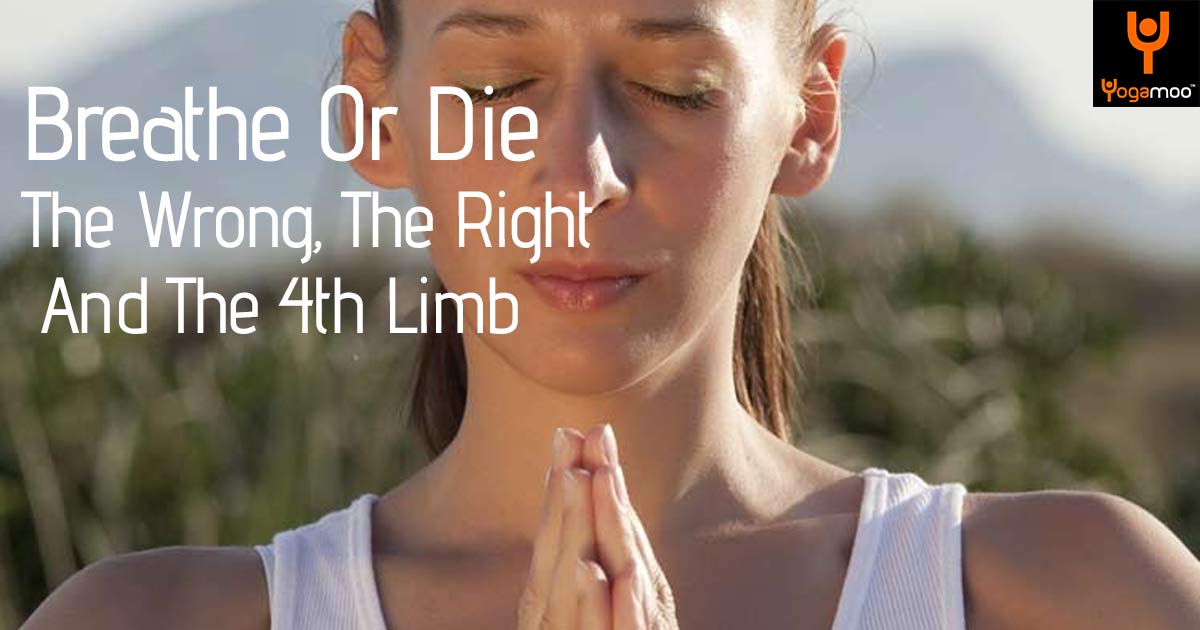Controlling the moment through breath control
Stop. Feel your next inhale. Feel how the cold air enters your nostrils, moves down to your chest, fills in your lungs with oxygen and then leaves your body on the exhale. This is breathing. We never stop breathing for as long as we live, and yet, we rarely think about this mechanical vital act which is the only constant in the changing days. No matter what your mood is, you’re still breathing. What if I told you that transforming automatic breathing into conscious breathing can transform you? Think about how your breath becomes more shallow when you’re feeling angry, or nervous, or tired and how it deepens when you are relaxed or happy. Think about how we retain our breath when we are lost in deep concentration. Now try to deepen your breath the next time that you feel anxious. Let the air travel through your chest onto your tummy, like you used to do when you were a baby, and then exhale every bit of it before taking in the next breath. This is Prānayāma or breath control.
Yoga found me about a year ago. It came into my life when I most needed it. Until then, and like for most of the people, yoga for me was a synonym of stretching and relax. The more I fell into yoga’s arms, the more I learnt and the more I wanted to learn. There is so much (so so much) to yoga than just the physical postures. In fact, Asanas are only one of Patanjali’s eight limbs of yoga. And not even the first of them.
The Yoga Sutras of Patanjali
Patanjali’s life is full of mystery. There are a lot of theories around the existence of the sage. Some of them impregnated of mystical air. One thing is for certain, his teachings have been passed throughout centuries and if you practice yoga, sooner rather than later you will come across his name and his Yoga Sutras, a complete guide to the practice and study of Yoga.
The eight limbs are introduced in the portion of practice, or Sādhana Pāda. Here, Patanjali introduces us to Ashtanga Yoga, describing the eight limbs that constitute Rāja Yoga
[1]:
- Yama (abstinence)
- Niyama (observance)
- Asana (posture practice)
- Prānayāma (breath control)
- Pratyāhāra (sense withdrawal)
- Dhāranā (concentration)
- Dhyāna (meditation)
- Samādhi (contemplation, absorption, superconscious state)
Prānayāma, the 4th limb
There are infinite ways in which you can control your breath. One that has helped me through my darkest moments is Nadi Shodhana Pranayama or alternate nostril breathing. Practising it for a few minutes calms the mind and pushes you through the most stressful of moments.
So how is this magical breathing technique obtained. Thankfully in the most simple of ways:
- Sit comfortably, ideally in a quiet place
- Place your left hand on your left knee with your palm facing the ceiling
- Join your left index finger and thumb
- Place your index and middle finger of your right hand on your third eye (between your eyebrows)
- Cover your right nostril with your right thumb
- Inhale fully through your left nostril
- Release your right nostril and place your right ring finger on your left nostril while you hold your breath
- Exhale fully through your right nostril
- Inhale fully through your right nostril
- Release your left nostril and place your right thumb on your right nostril while you hold your breath
- Exhale fully through your left nostril
- Repeat steps 6 – 11 for as long as you need
By regulating the breath, we regulate the mind. I encourage you to give it a try. Before an important presentation or meeting, when you feel anxious or lightheaded, when the world falls down to your feet, etc. Remember, the anchor is always with you, you will always have your breath.
[1] Source: “The Yoga Sutras of Patanjali” translation and commentary by Sri Swami Satchidananda. Integral Yoga publications.

Leave A Comment